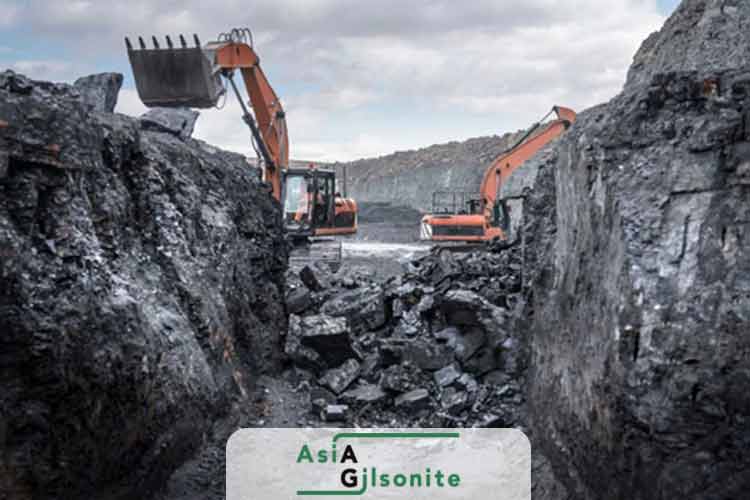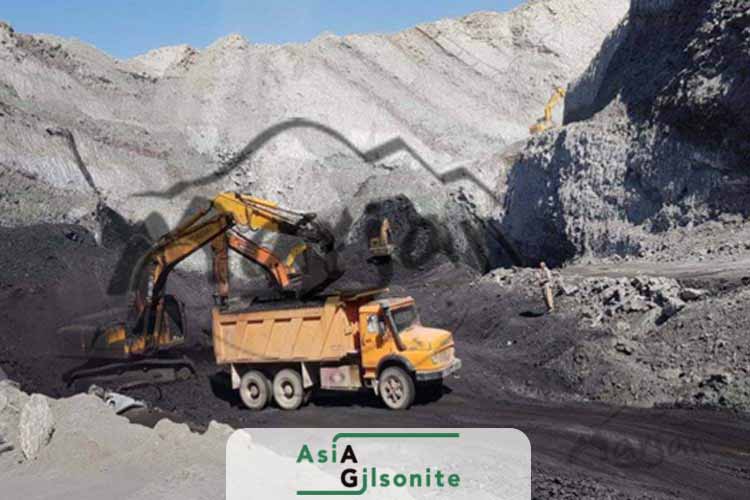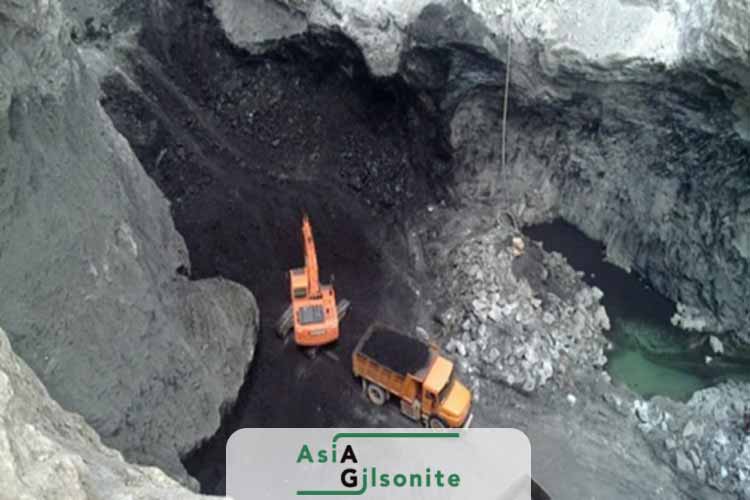Gilsonite, uintaite, or natural asphalt is a renowned hydrocarbon found in nature, possessing characteristic qualities like a brittle and shiny texture similar to natural asphalt or uintaite. Where is Gilsonite found? Appearing in different sectors such as construction, paint, and oil, this element has captured the attention of many. Its intriguing geological source is a subject of great interest, a story that is about to be unraveled. Uncovering the underlying foundation of where Gilsonite mine is, examining its unique properties, and analyzing its multiple uses allow us to bring to light the essentiality of this valuable element. For those seeking high-quality Gilsonite from Iran, asiagilsonite serves as a leading supplier and exporter, providing premium natural hydrocarbon products to global markets.
Where Is Gilsonite Found?
Gilsonite, also known as uintaite, is a naturally occurring solid hydrocarbon formed over millions of years under specific geological conditions. Its most significant deposits are located in the Uinta Basin of northeastern Utah, United States. This vast sedimentary basin—approximately 100 miles long and 50 miles wide—was formed during the Eocene Epoch when an ancient lake system inundated the area. Organic materials such as algae and plankton accumulated on the basin floor, and over time, intense pressure, heat, and sedimentation transformed these deposits into gilsonite.
The gilsonite deposits are primarily associated with the upper layers of the Green River Formation, a complex geological unit composed of sedimentary rocks like shale, sandstone, and limestone. Within this formation, gilsonite typically occurs in vertical fissures and veins, often found alongside natural oil shale, which further highlights its unique formation process.
In addition to the extensive reserves in Utah, notable gilsonite deposits have also been identified in Iran, where similar geological conditions have prevailed. Meanwhile, references to gilsonite in Turkey generally pertain to “Turkish Asphalt” — a term used for natural bitumen deposits on the Anatolian Plateau. These Turkish deposits, however, differ in composition and purity from the high-quality gilsonite found in the Uinta Basin and Iranian regions.
How Is Gilsonite Mined?
Mining Gilsonite from Gilsonite mines is a complex and intricate process. It can be done subterraneously, by drilling and inserting explosives into the ground to release the ore, or by open-pit mining, by removing the soil and rock that cover the deposit.
Depending on the size and depth of the deposit, the method of mining may vary. Though the extraction of uintaite can be beneficial, it can also bring negative environmental impacts, such as soil erosion, water pollution, and disruption of habitats.
Thus, it is important for mining companies to take proper action to address these issues, like implementing erosion control measures and restoring habitats post-extraction.
Gilsonite Mine in Iran
The naturally occurring hydrocarbon, uintaite, can be found in a variety of parts of the world, including stunning Iran. Discovered in the Alborz and Zagros Mountains, respectively in the north and south of Iran, these Gilsonite mines are estimated to have formed approximately 65 million years ago during the Cretaceous period.
Although the deposits can be found within sedimentary rocks, they are usually associated with oil shale.
Open-pit mining methods are commonly used to extract uintaite in the region, which involves the removal of the top layer of soil and rock in order to gain access to the deposit. Heavy machinery is then used to extract it and transported it to a processing plant, where it is crushed and screened to remove impurities.
After that, it is packed for shipping to customers, making Iran one of the world’s largest Gilsonite producers, with the majority of its production being exported to China, India, and Turkey. These materials have an array of uses, such as construction, painting, and oil, due to their unique physical and chemical properties.
Conclusion
Uintaite, a valuable natural resource with unique physical and chemical properties, is found in various parts of the world. With its continued rise in demand, understanding where uintaite is found and how it is mined is essential for anyone who works or uses this remarkable resource. As such, the Gilsonite mines in Iran are immensely significant and have hence been given due recognition for their importance in supplying a noteworthy amount of the material.






